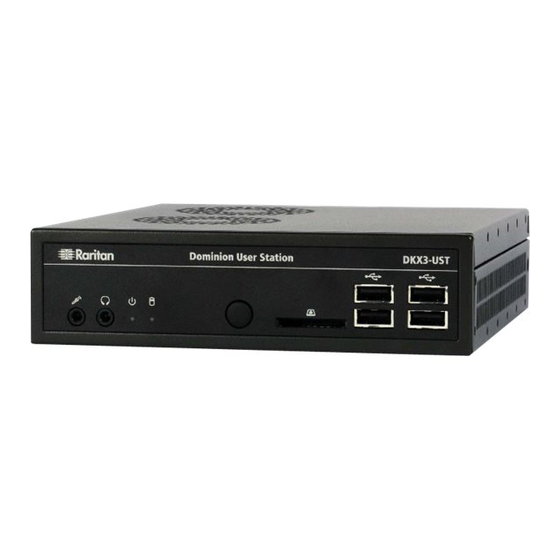
Raritan Dominion KX III User Manual
User station
Hide thumbs
Also See for Dominion KX III:
- Administrator's manual (525 pages) ,
- User manual (268 pages) ,
- Quick setup manual (10 pages)
















Need help?
Do you have a question about the Dominion KX III and is the answer not in the manual?
Questions and answers